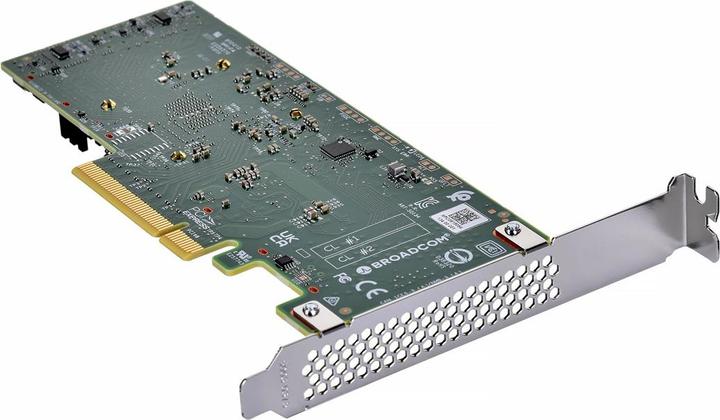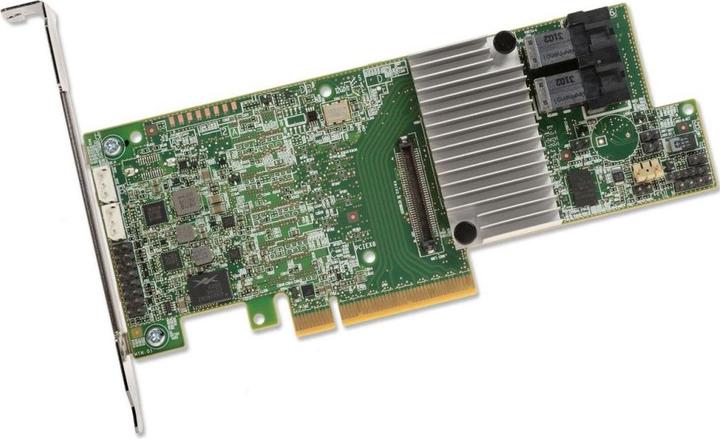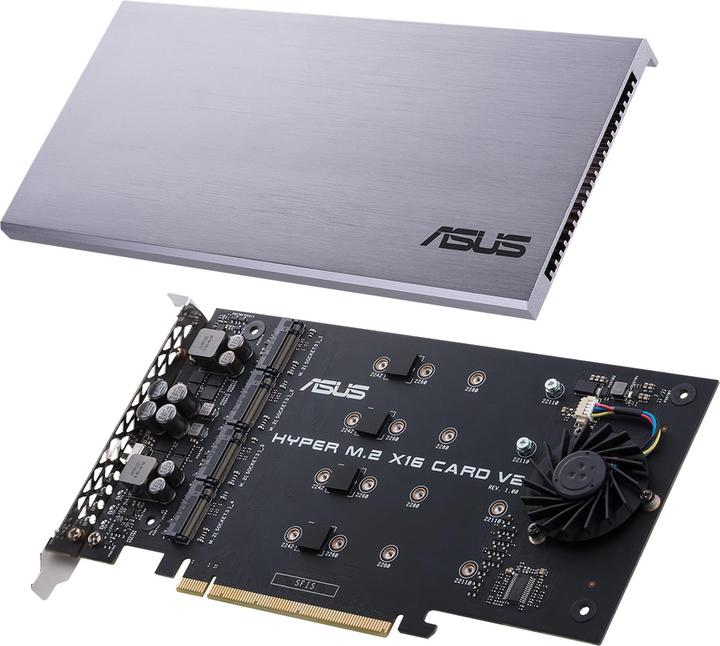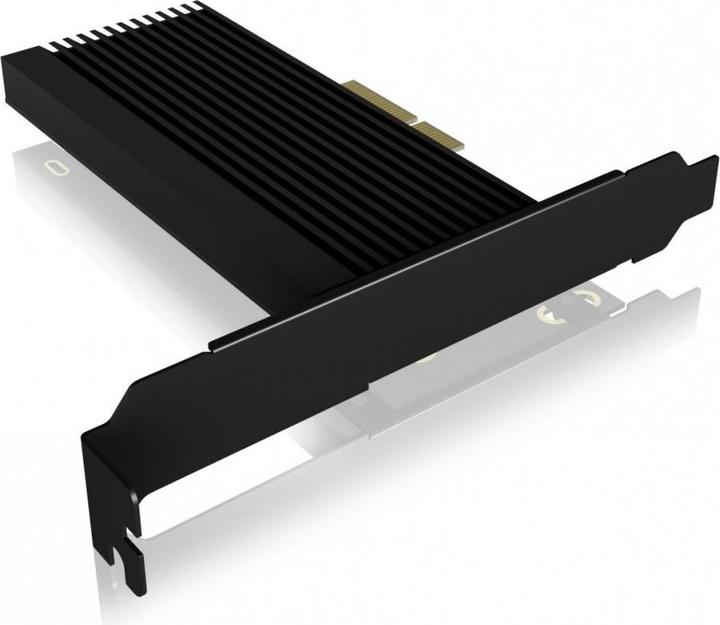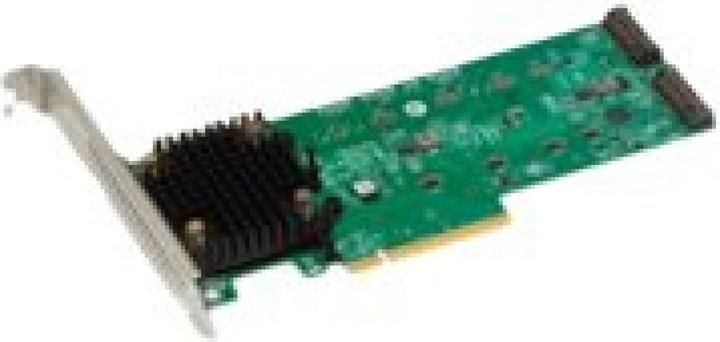
Too Many Storage Controllers? Here's How to Choose the Right One
Discover the key factors to consider when selecting the perfect storage controller for your needs.
Last updated 1 week ago. Automatically generated content.


Select options and limit the number of products
The controller type determines the way data is managed and accessed within a storage system, impacting performance, reliability, and compatibility. Choosing the right controller type ensures efficient data handling and optimal system performance based on specific needs and hardware configurations.
Popular options (you can select more than one)
RAID controller
Typical price
170,– to 800,–Manages multiple disk drives to improve data redundancy and performance.
Ideal for environments requiring data protection and increased read/write speeds, such as servers and data centers.
Bestseller
SATA controller
Typical price
40,– to 130,–Facilitates connection between the motherboard and SATA drives for data transfer.
Suitable for home or small office setups where cost-effective storage solutions are needed.
Bestseller
M.2 controller
Typical price
31,– to 180,–Supports high-speed data transfer for M.2 SSDs, enhancing overall system speed.
Perfect for users seeking compact, high-performance storage, especially in gaming or multimedia editing PCs.
Bestseller
The number of connectable hard disks determines how many drives a storage controller can support, impacting storage capacity and scalability. Choosing the right capacity is crucial for meeting current and future storage needs, whether for personal use or enterprise-level applications.
Popular options
1 - 4 x
Typical price
43,– to 190,–Supports a small number of hard disks, suitable for basic storage needs.
Ideal for home users or small businesses requiring limited storage expansion.
Bestseller
5 - 64 x
Typical price
290,– to 990,–Accommodates a moderate number of hard disks, providing flexible storage options.
Great for medium-sized businesses needing scalable storage solutions.
Bestseller
65 - 256 x
Typical price
370,– to 940,–Handles a large number of hard disks, offering extensive storage capacity.
Perfect for large enterprises or data centers with significant storage demands.
Bestseller
Memory type in storage controllers affects data processing speed and efficiency. Choosing the right memory type ensures optimal performance, particularly in high-demand applications.
Popular options (you can select more than one)
DDR3-RAM
Typical price
300,– to 710,–An older memory type with lower bandwidth compared to DDR4.
Suitable for less demanding applications, offering a more budget-friendly option.
Bestseller
DDR4-RAM
Typical price
710,– to 1200,–A newer memory type with higher bandwidth and efficiency.
Ideal for high-performance environments, providing faster data processing and improved multitasking.
Bestseller
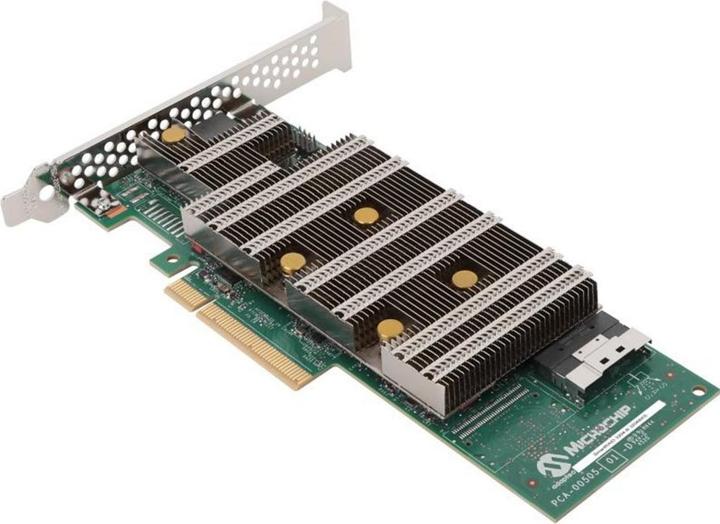
Microchip Technology SmartRAID 3254-8i, SAS-4, Serial ATA III, PCI Express x8, 24 Gbit/s, 4096 MB, D
RAID configuration refers to the way multiple hard drives are organized to improve performance, redundancy, or both. Choosing the right RAID level is crucial for ensuring data safety, speed, and reliability, especially in environments where data integrity is critical.
Popular options (you can select more than one)
0
Combines multiple drives into a single, larger volume without redundancy or fault tolerance.
Offers maximum storage capacity and speed, suitable for non-critical data where performance is prioritized over security.
Bestseller
1
Mirrors data across two drives, providing redundancy and fault tolerance.
Ideal for critical data protection, ensuring data remains accessible even if one drive fails.
Bestseller
5
Distributes data and parity across three or more drives, offering a balance between speed and redundancy.
Recommended for environments requiring both performance and data protection, as it can tolerate the failure of one drive without data loss.
Bestseller
10
Combines RAID 0 and RAID 1 by mirroring striped sets for high performance and redundancy.
Suited for high-performance applications with critical data needs, offering both speed and protection from drive failures.
Bestseller
Internal connection options determine how storage devices are physically linked to the controller, affecting data transfer speeds and compatibility. Choosing the right connection ensures optimal performance, efficiency, and compatibility with existing hardware setups.
Popular options (you can select more than one)
SAS (1x)
Typical price
300,– to 800,–Offers high-speed data transfer rates suitable for enterprise environments.
Ideal for servers and data centers requiring reliable and scalable storage solutions.
Bestseller
M.2 (1x)
Typical price
22,– to 72,–Compact form factor designed for high-speed SSDs, providing fast data access.
Great for laptops and small form factor PCs where space is limited but performance is crucial.
Bestseller
M.2 PCIe (1x)
Typical price
31,– to 300,–Utilizes PCIe lanes for even faster data transfer compared to SATA-based M.2.
Perfect for high-performance computing tasks, such as gaming and video editing, where speed is paramount.
Bestseller
S-ATA III (1x)
Typical price
57,– to 710,–Widely used interface offering decent speed for everyday computing needs.
Suitable for desktops and older systems, providing a cost-effective solution for additional storage.
Bestseller

Microchip Technology SmartRAID 3254-8i, SAS-4, Serial ATA III, PCI Express x8, 24 Gbit/s, 4096 MB, D


